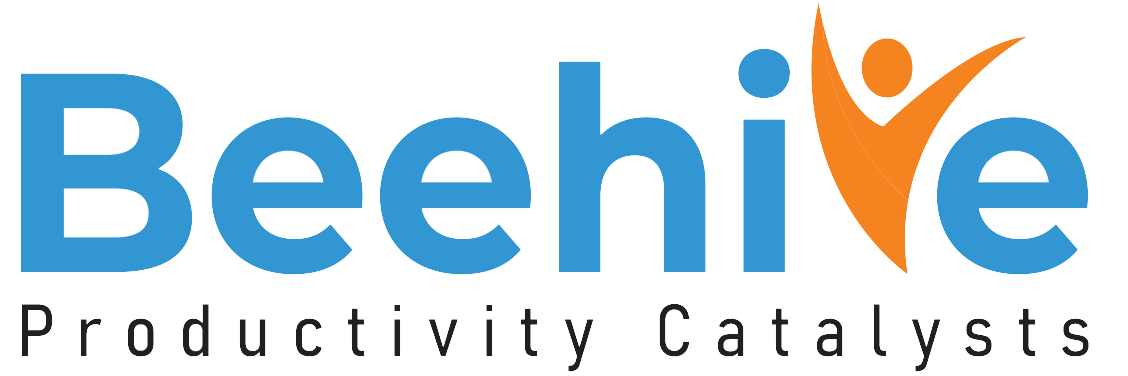Fancy coffee machines don’t fix turnover: Smart Retention Strategies for 2025
2025 is not the year to hope your espresso machine saves you from another resignation. The truth is, that companies are still losing good people because they are solving for the surface when the problem runs deep. While perks like coffee bars and snack walls look great in photos, they do not touch the real issues that drive employee attrition.
This year marks a shift from cosmetic culture boosters to serious, strategy-led retention. And yes, that includes everything from manager training to how you handle the employee exit process. If you are not learning from exits, you will continue to repeat the same mistakes, in bulk.
The myth of perks and the truth about retention
No one ever stayed at a company because the break room had a hammock and kombucha. Yet, for much of the past decade, perks have been treated as solutions to deeper engagement problems.
The reality is that employees stay when they feel:
- Seen and supported
- Recognized for their contributions
- Aligned with company values
- Confident in their growth potential
Perks are not inherently bad, but they are not a retention strategy. They are mood enhancers. In 2025, retention is about clarity, growth, and care—not beanbags.
What happens when retention fails
When your best people leave, it is not just the empty chair that hurts. The impact of poor retention shows up in missed deadlines, overstretched teams, and skyrocketing recruitment costs.
According to Gallup, replacing an employee costs more than the salary. It includes sourcing, onboarding, productivity loss, and damage to team morale. Attrition costs more than what you calculate today but it is preventable if you pay attention.
Understand why employees leave (before they do)
Exit interviews are valuable, but they are also late. A proper HR exit process should not start when someone resigns. It should begin long before—with consistent feedback, development check-ins, and proactive engagement.
Still, when an employee leaves, their voice is crucial. Companies that have a well-documented employee exit checklist, a formalized employee exit procedure, and streamlined exit formalities in HR gain more than compliance. They gain insight.
Here is how you can use the employee exit process as a retention tool:
- Standardize the HR exit formalities with a clear checklist
- Collect structured feedback using digital forms or one-on-one interviews
- Analyze trends across teams, roles, and managers
- Compare with stay interview data to find misalignments
If you are not using your employee exit formalities as a mirror, you are missing your clearest view of what needs to change.
What high-retention companies do differently?
Let us look at what works. Here are the five things companies with high retention get right:
- Build career mobility into the organization
Growth is not a buzzword. These companies offer mentorships, lateral projects, learning paths, and visible promotions. Employees stay when they see what is next. - Use stay interviews, not just exit interviews
Proactive conversations help surface concerns early. Great managers ask questions like:
- What motivates you to stay?
- What barriers are you facing in your role?
- What are your career goals?
- Spot flight risks with data
Using analytics, top companies monitor indicators like engagement dips, absenteeism, and performance trends. Early warning signs become intervention opportunities and not resignation shocks. - Train managers like leaders
Managers influence retention more than any policy. These companies provide training in emotional intelligence, feedback, conflict management, and coaching.
e. Treat the exit as part of the culture loop
Even offboarding is intentional. From digital clearance workflows to final feedback, these companies use every exit to protect the brand and improve the culture.
Closing the loop with exit insights
A strong employee exit process is more than ticking boxes. It is the final chance to understand what the employee experienced and whether the same thing is happening to others.
Using a structured employee exit checklist, companies can:
- Identify recurring blockers
- See if certain managers or departments have high attrition
- Measure if growth expectations are being met
- Track how many exits were due to lack of flexibility or recognition
The HR exit process should not just fulfill formalities. It should inform the next hire, the next manager training, and the next culture update.
A well-managed employee exit procedure turns data into action and exits into evolution.
How Beehive HRMS helps you retain top talent
We bring you a solution built for organizations ready to stop guessing and start retaining. Here is how Beehive HRMS supports your full employee lifecycle, especially at exit:
- Automate your HR exit formalities
Eliminate paperwork chaos with digital workflows that handle resignations, approvals, and documentation. - Use a standardized employee exit checklist
Ensure every department clears dues, returns assets, and captures feedback on time. - Collect and analyze exit feedback
Structure exit interviews into actionable data. Identify why people leave by department, location, or role. - Link exit data to retention strategy
Use insights from the employee exit process to improve manager effectiveness, career paths, and engagement plans. - Track exit trends over time
Spot patterns and proactively address them before they become system-wide retention issues.
Beehive helps you make exits clean, consistent, and insightful, so you are not just reacting to turnover, but learning from it.
Here’s the solution!
Smart retention in 2025 is not about adding more perks. It is about building a system where people stay because they want to and not because they have not found something better yet.
To keep your top talent, examine every part of the employee journey, from onboarding to exit. That includes designing a better employee exit procedure, treating exit formalities in HR as sources of insight, and using technology to make the entire process seamless.
Beehive HRMS gives you the tools to understand, manage, and improve your workforce—before, during, and after their journey with you. Sometimes the best way to retain employees is to start listening goodbye and fixing things while they are still around.






